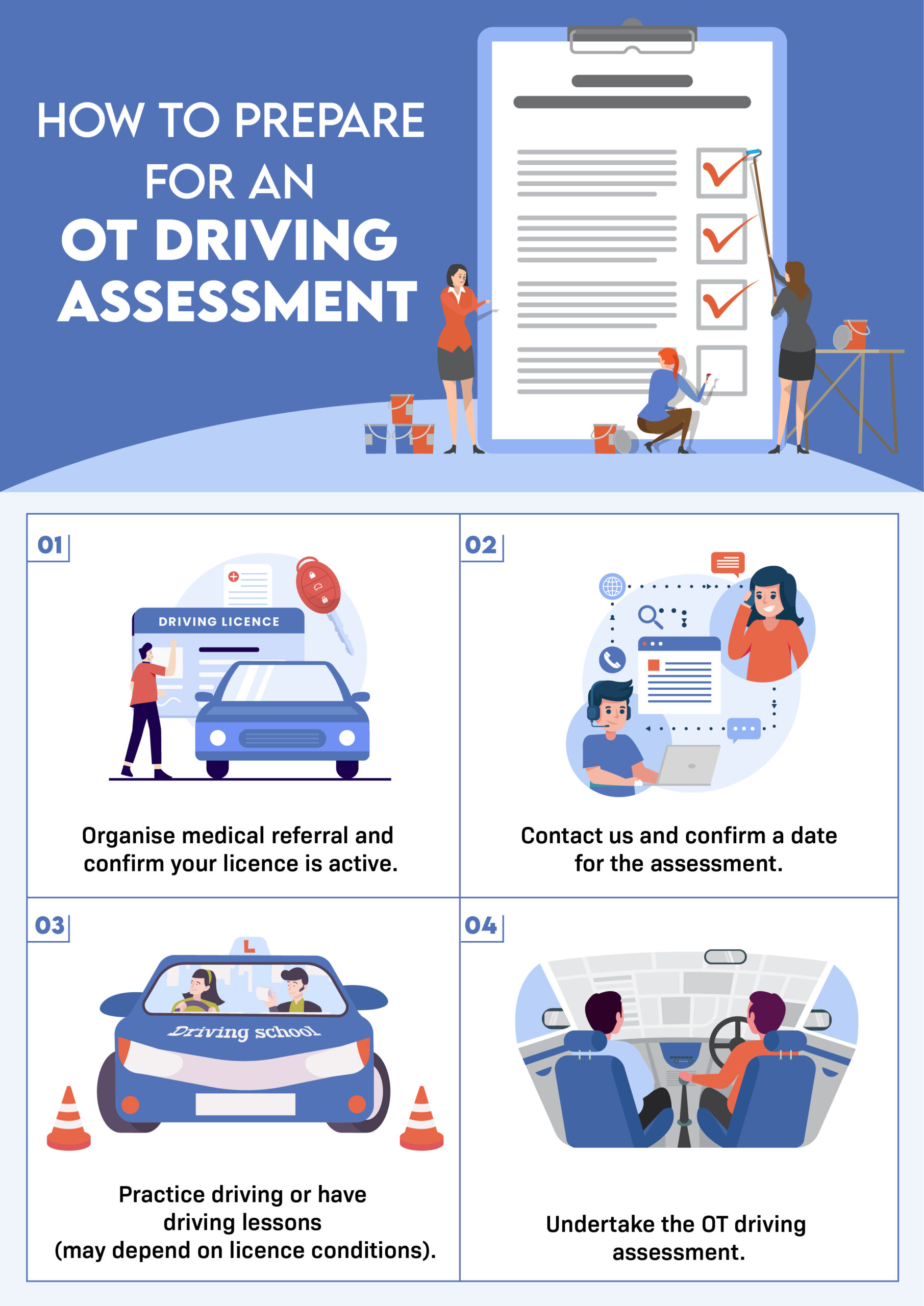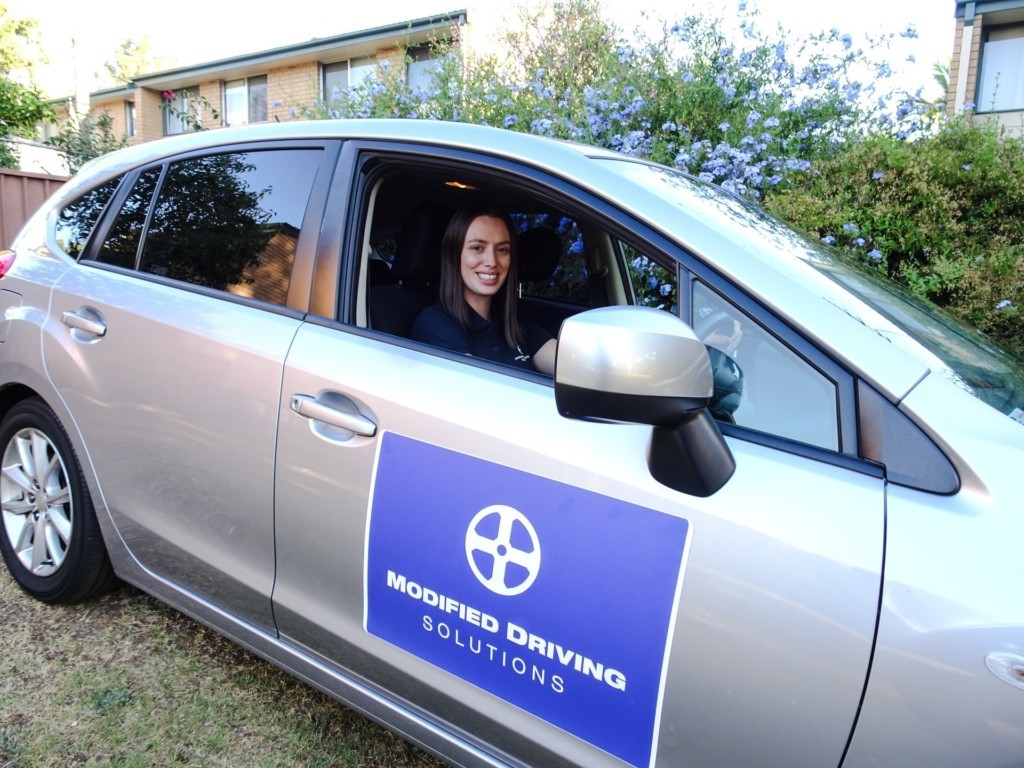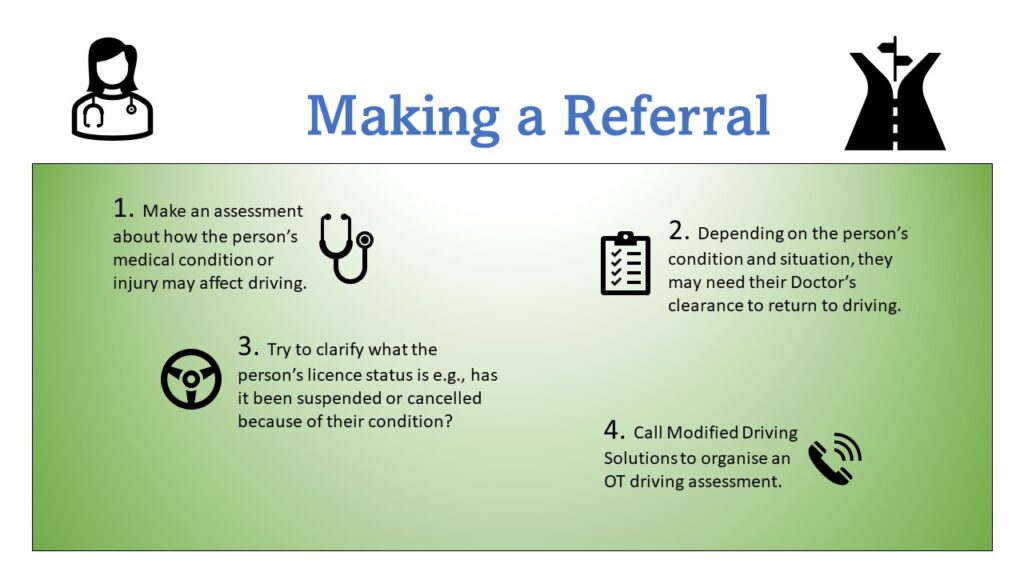Worker injuries
Although employers these days must meet work health and safety standards to minimise workplace risks to their employees, injuries still occur in the workplace. Latest data from the Australian Bureau of Statistics (ABS) shows that approximately half a million Australians suffered a work-related injury or illness between 2017-2018. That means that almost 5% of Australian workers get sick or injured as a direct cause of their job. Serous illness or injury can result in employees being unable to work for an extended period of time.
When an employee becomes sick or injured at work, it can also be commonplace for their driving ability to be impacted. Some workers become unable to drive for long periods following the incident. When this occurs, a team of rehabilitation therapists, doctors, case workers and the insurance company become involved to help the person recover from their injury or illness, as well as try to get them back to work as soon as possible. Regarding the worker’s affected driving capacity, an Occupational Therapy (OT) driving assessment is often required and organised for the person for them to return on the road.
Workers with physical injuries are usually referred to a physiotherapist, OT and/or Exercise Physiologist to work on goals such as regaining upper and lower limb and body strength, coordination, and range of motion. Employees who suffered psychological trauma often become involved with psychological services. However, when it comes to driving, health professionals may be unsure about the process for assisting an injured worker to return to driving and getting a driving assessment. The aim of this article is to explain how case workers and health professionals are able to refer a person for an Occupational Therapist Driving Assessment.

Medical assessment
The first step in this process is for the person’s doctor to make an assessment about the impact of their injury/illness on their driving. If the person’s injury is minor and the doctor determines that their driving capacity is unaffected, the person may be able to return to driving once given medical clearance. On the other hand, the doctor may deem that the person cannot drive for a longer period of time, for example if they have suffered a traumatic brain injury or significant physical injury. In some cases, if the person’s workplace injury is expected to have severe long-term effects, the doctor may recommend that the person’s licence needs to be cancelled. It is important to note that it is within the doctor’s jurisdiction to make determinations about a person’s medical fitness to drive.
Referring for an OT driving assessment
Often, following serious injury or illness, the doctor will refer the person for an OT driving assessment. Once the need for the assessment has been established, the person’s case worker will find a qualified Driver Trained Occupational Therapist that has relevant experience treating the specific medical condition of the injured employee. When you make contact with a Driver Trained Occupational Therapist, crucial questions that should be asked include:
- Are you a registered Driver Trained Occupational Therapist?
- What is your experience working with the specific injury or medical condition?
- How much do you charge for the OT driving assessment?
- What is you waiting time?
- What areas do you service?
Asking these questions will ensure that you are selecting a suitable Occupational Therapist for the worker’s specific situation and needs.
The Occupational Therapist will also require the following information prior to the driving assessment. It is recommended that the person making the referral has the following information available to prevent any delay with organising a driving assessment:
- Client’s full name
- Their current address
- Provide a brief outline of their medical condition or injury and whether or not they are likely to require vehicle modifications (for physical injuries)
- The type of vehicle transmission they drive (automatic or manual)
- Have or make arrangements to obtain a medical letter stating that the client has medical clearance to undertake a driving assessment
The driving assessment
The driving assessment is usually completed at the person’s home. The person’s case worker, therapist or family members may also be present during the process. The entire assessment usually takes between 2-3 hours depending on the person’s medical condition.
The outcome of the assessment is given to the injured worker on the day of the assessment. The Occupational Therapist will also send a report to the Roads and Maritime Services (RMS) informing them of the outcome of the assessment and change in licence status (if one occurs). The report will then be sent to the referring case worker or therapist.
There are four possible outcomes of the assessment:
- The person is safe to return to driving.
- The individual cannot safely return to driving and their licence must be downgraded (to a learner licence) or suspended.
- Specialised driving lessons and/or vehicle modifications are required to allow them to drive safely.
- The person cannot safely return to driving as their medical condition/injury has impacted on driving skills long-term. The person’s licence will be cancelled.
If the person requires vehicle modifications to return to driving, the OT report will often also include a quote for the modifications and driving lessons. It is also common practice for the Occupational Therapist to provide several quotes from various reputable vehicle modifiers. This gives the person more options. The report will also contain an estimated timeframe stating how long the person is expected to take to regain their driver’s licence.





